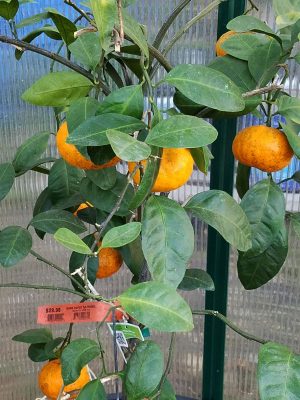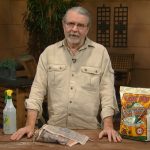Soil pH: can we change?
Do coffee grounds, egg shells, pine straw, or cedar mulch make any difference to our soil pH? This measurement of soil acidity or alkalinity factors into what we can grow. 7 is neutral with acidity below 7 and alkalinity above that. Central Texas is somewhere in the 7 range: alkaline.
The answer is both yes, we can, and no, we can’t.
Pine straw has very little effect for us in Central Texas, since we don’t get tons of rain. Here, pine straw dries up before it can decay in a way that would yield any acidifying effects to our soil. So then, you’d need to keep the pine straw relatively wet in order to counter this issue and acidify your soil a bit, but then again, water conservation is very important for us, so is it really a good idea to use more of it to combat nature?
Coffee grounds also have a slightly acidifying effect, but still, it’s short-lived. Do recycle them, though, directly onto your plants or into the compost pile.
For lowering soil pH, using sulfur is the recommendation, and it does work, but only short-term. Sulfur has very little residual in the soil, meaning its effects aren’t long-lasting, so it has to be applied often, far too often to be part of any sustainable approach.
Sulfur is really only recommended in vegetable gardens, and even then, only if plants are struggling and high soil pH is part of the issue.
Sulfur should be incorporated into the soil, not applied to the surface. And in vegetable beds, crops are changed out at least twice a year, which makes multiple applications of sulfur per year feasible. Also, the small square footage of vegetable beds makes the extra inputs into the system less of an issue.
Even still, if you choose recommended cultivars for your area, soil pH will be less of an issue.
But let’s say you have a hydrangea that was given to you by your grandmother, and it’s in a small bed that you can tend and provide extra care for; by all means, add those coffee grounds or pine straw and give that area a little extra water.


 John Dromgoole
John Dromgoole